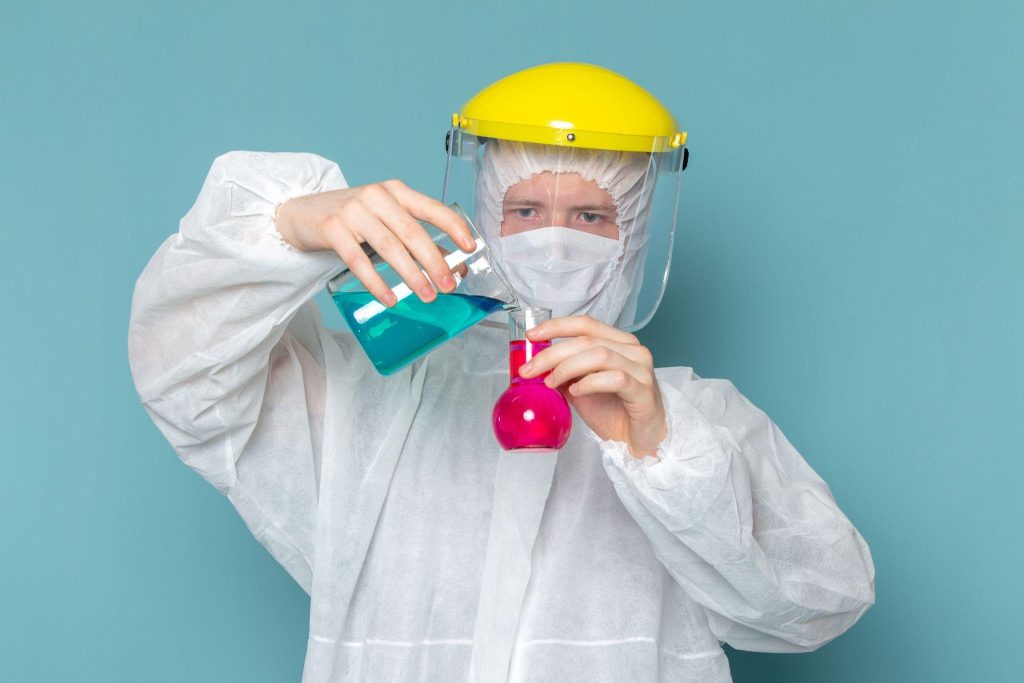Infectious microbes are all around us. While some are harmless or even beneficial, others can lead to illnesses ranging from pesky to life-threatening. These disease-causing microbes are known as pathogens. In this blog, we shall understand how pathogens spread and how simple precautions to block transmission are crucial for protecting both individual and public health.
What Exactly Are Pathogens?
Pathogens are microorganisms such as certain bacteria, viruses, fungi, and protozoa that can produce infection or disease under the right conditions. When a pathogen invades and begins replicating in the tissues of a susceptible host, illness may occur as the immune system reacts to fight it off.
Pathogens display specificity in the hosts they infect. Many only cause illness in humans, while others are zoonotic, meaning they can spread between animals and people. New pathogens emerge periodically as microbes adapt and change over time.
Common Types of Pathogens
Bacteria: Tiny single-celled organisms, some release toxins or invasive enzymes that damage host cells, like Streptococcus, Staphylococcus, and Salmonella species.
Viruses: Ultra-small infectious agents that must hijack host cells to replicate. Examples are the flu, common cold, HIV, and Ebola.
Fungi: Include yeasts like Candida that cause skin rashes and molds that trigger allergies.
Protozoa: Microscopic water-borne organisms, such as Giardia and Cryptosporidium, that cause diarrheal disease.

How Pathogens Spread Between Humans
Direct contact: Touching an infected person transmits some bacterial and viral pathogens, like Staphylococcus on the skin or rhinovirus droplets from coughing.
Contaminated food/water: Consuming food or water carrying pathogens spreads illness. Think Salmonella from undercooked eggs.
Body fluids: Pathogen exchange via respiratory droplets, blood, or other fluids. HIV spreads this way.
Vectors: Mosquitos, ticks, and fleas carry pathogens between hosts. Malaria protozoa utilize mosquitos.
Environment: Spores from fungi like Aspergillus spread through the air to new hosts.
Mother to child: Transmission of pathogens like HIV, herpes, and Zika can occur during pregnancy or birth.
Effective Precautions Against Pathogens
While we can never completely avoid exposure to pathogens, we can take sensible measures to reduce transmission risk:
Hand hygiene: Thorough, regular hand washing destroys many microbes and viruses before they infect you. Also, avoid touching your face.
Sanitation: Keep living spaces clean, especially high hand-contact areas like doorknobs, countertops, and keyboards. Apply hospital-grade disinfectants.
Respiratory hygiene: Cough or sneeze into your sleeve or a tissue, not your hands. Properly dispose of used tissues. Wear a mask when appropriate.
Drink clean water: Filter and boil unknown water to kill parasites and bacteria before drinking.
Cook food thoroughly: Heat food, especially meat, eggs, and dairy, to recommend internal temperatures to destroy pathogens.
Avoid raw foods when appropriate: Raw sprouts, meats, eggs, and dairy carry increased risk.
Vaccinate: Immunizations prime your immune system’s pathogen defenses through antibodies.
Control vectors/pests: Keep mosquitos, ticks, rats, and other pathogen vectors away.
Isolate sick: Stay home when ill and avoid close contact with symptomatic people.
Conclusion
In summary, hand hygiene, disinfection, food and water safety, protection during intimacy, immunizations, isolation when sick, and overall awareness of transmission routes significantly lower your chances of infection. While we can never fully eradicate pathogens, wise precautions give us an empowered defense.

